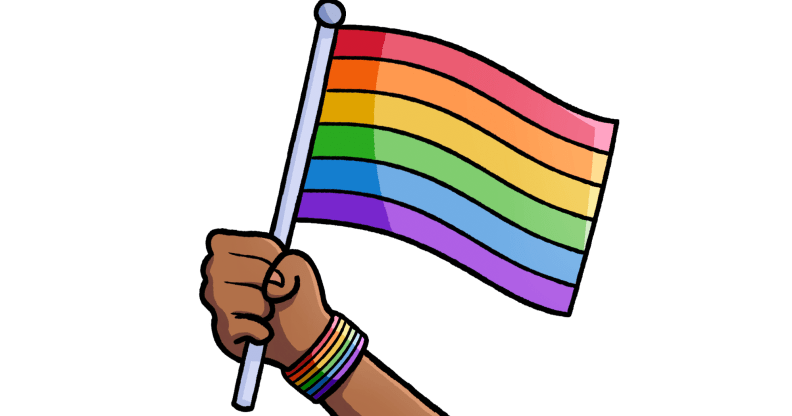Indian activists march in Delhi, Bangalore and Kolkata

More than a thousand people took to the streets of three major Indian cities to celebrate Pride this weekend.
The largest turnout was in Bangalore, where 600 people marched.
An estimated 300 LGBT people took part in New Delhi’s first ever Pride parade, while 400 marched in Kolkata.
Fears that the events would be targeted by religious groups proved to be unfounded.
Some participants wore masks to protect their identities in a country where homosexual acts are illegal.
“More of the youth are coming out to join groups of gays and lesbians in the city,” Kolkata organiser Pawan Dhall told AFP.
Others said they were moved that the watching crowds had welcomed them.
“This is one of the very, very few occasions when we have not been booed or been cursed at,” Pramada Menon told AFP.
“Though the perception is changing, it remains a largely upper class phenomenon. People like me can afford to come clean and take a stand.
“Those who are poor are still killing themselves because of ‘abnormalities’ that they and their families cannot understand or cope with.”
The expanding economy of India has created the climate for a growing and visible community of homosexuals and transgender people.
The gay scene in larger cities such as Delhi, Kolkata, Mumbai is increasingly vibrant.
Time Out Delhi was launched last year with a homosexual section and listings featuring gay nights and social gatherings.
Homosexual relations are still a crime under an old British era statute dating from 1860 called Section 377, though the government no longer seeks to prosecute adults engaging in private consensual homosexual acts.
In India there are huge social and legal pressures to live a heterosexual lifestyle but in recent years, the campaign to decriminalise homosexuality has strengthened.

